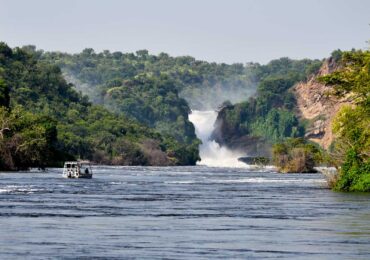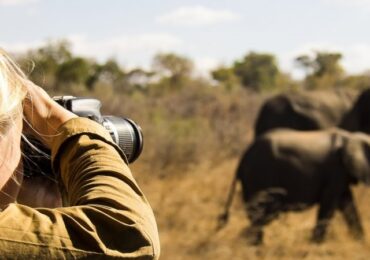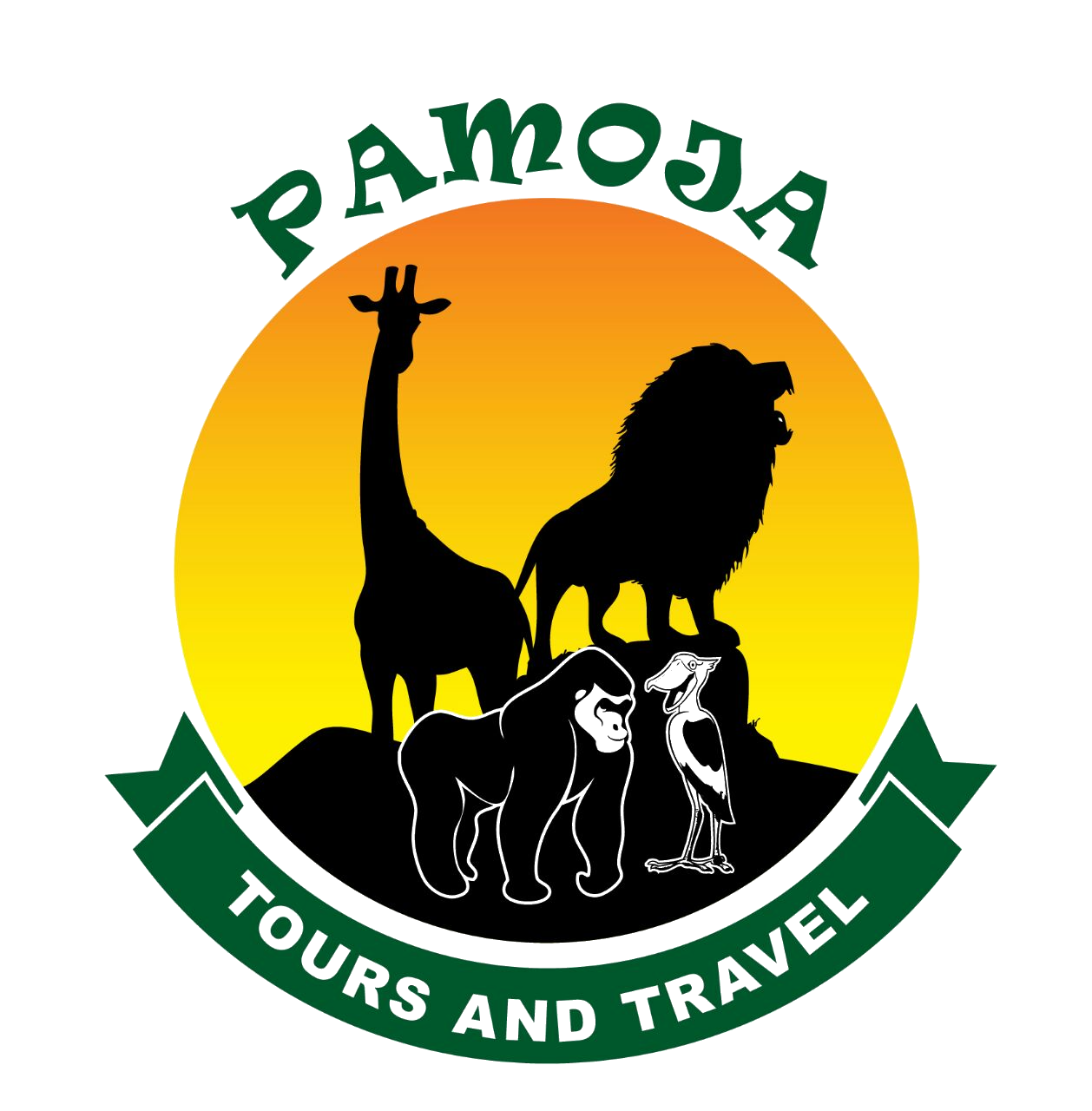
The Thrill of Wildlife Spotting on Self-Drive Safaris in Uganda
The Thrill of Wildlife Spotting on Self-Drive Safaris in Uganda. Uganda, often referred to as the “Pearl of Africa,” offers an unparalleled safari experience for adventurous travelers. Unlike guided tours, self-drive safaris in Uganda provide the freedom to explore the country’s stunning landscapes and abundant wildlife at your own pace. From the dense jungles teeming with primates to the sprawling savannahs dotted with big game, Uganda’s diverse ecosystems promise unforgettable encounters. This guide will take you through the essentials of planning, executing, and enjoying a self-drive safari in Uganda, highlighting key wildlife spotting opportunities along the way.

Planning Your Self-Drive Safari
Firstly, preparation is paramount for a successful self-drive safari in Uganda. Begin by choosing the right vehicle. A 4×4 SUV is recommended due to the rough terrain in many national parks. Ensure your vehicle is equipped with GPS, extra fuel cans, a spare tire, and basic repair tools. Additionally, having a local SIM card for emergency communication and access to offline maps is advisable.
Next, familiarize yourself with Uganda’s road rules and driving conditions. While main roads are generally well-maintained, secondary roads can be challenging, especially during the rainy season. Moreover, obtaining the necessary permits for visiting national parks and tracking specific wildlife, such as gorillas and chimpanzees, should be done in advance. The Uganda Wildlife Authority (UWA) is the primary body for these permits.
Must-Visit National Parks
Now that your preparations are in order, let’s delve into the must-visit national parks for wildlife spotting.
Bwindi Impenetrable National Park
Transitioning to one of Uganda’s most renowned destinations, Bwindi Impenetrable National Park is a haven for gorilla trekking. Home to almost half of the world’s mountain gorillas, Bwindi offers an intimate experience with these magnificent creatures. The dense foliage and rugged terrain make for a challenging trek, but the reward of observing a gorilla family in their natural habitat is incomparable.
Queen Elizabeth National Park
Next, head to Queen Elizabeth National Park, known for its diverse ecosystems and abundant wildlife. The park is a prime location for spotting the famous tree-climbing lions of the Ishasha sector. Additionally, the Kazinga Channel, which connects Lake Edward and Lake George, is a hotspot for birdwatching and observing hippos, crocodiles, and elephants.
Murchison Falls National Park
Another essential stop is Murchison Falls National Park, where the Nile River explodes through a narrow gorge, creating one of the world’s most powerful waterfalls. This park offers a variety of wildlife, including giraffes, buffaloes, and large herds of elephants. The river itself is home to numerous hippos and Nile crocodiles. A boat cruise along the Nile provides a unique perspective of the park’s wildlife.

Kibale National Park
For primate enthusiasts, Kibale National Park is a must. It boasts the highest concentration of primates in Africa, including chimpanzees, red colobus monkeys, and L’Hoest’s monkeys. Guided chimpanzee tracking tours are available and highly recommended for a deeper understanding of these fascinating animals.
Kidepo Valley National Park
Last but certainly not least, Kidepo Valley National Park, located in the remote northeastern part of Uganda, is often described as Uganda’s most picturesque park. Its isolation means fewer tourists and more pristine wildlife experiences. Here, you can spot lions, leopards, cheetahs, and large herds of buffalo. The park’s scenic landscapes, including the Narus and Kidepo Valleys, add to the overall allure.
Wildlife Spotting Tips
The Thrill of Wildlife Spotting on Self-Drive Safaris in Uganda. While exploring these parks, certain strategies can enhance your wildlife spotting success. First, early morning and late afternoon are the best times to see animals, as they are most active during these cooler periods. Secondly, patience and silence are crucial. Wildlife can be elusive, and sudden movements or loud noises can scare them away.
Moreover, investing in a good pair of binoculars and a camera with a powerful zoom lens will greatly enhance your viewing and photographic experiences. Learning about animal behaviors and habitats can also guide you to the best spots. For instance, elephants and other herbivores often gather around water sources during the dry season, while predators like lions can be found near their prey.

Safety Considerations
Transitioning to safety, always remember that you are in the wild and animals can be unpredictable. Keep a safe distance from all wildlife, never leave your vehicle except in designated areas, and follow park regulations strictly. Additionally, having a first-aid kit and knowing basic first-aid procedures is essential.
Concluding Your Adventure
In conclusion, a self-drive safari in Uganda is a thrilling and enriching adventure that offers an intimate connection with nature. The freedom to explore at your own pace, combined with the thrill of spotting wildlife in their natural habitat, makes for an unforgettable experience. As you navigate through Uganda’s stunning national parks, each turn of the road brings new opportunities to witness the raw beauty of the African wilderness.
Therefore, with proper planning, respect for the environment, and a spirit of adventure, a self-drive safari in Uganda can be one of the most rewarding journeys of your life. Whether you’re tracking gorillas in Bwindi, watching lions in Queen Elizabeth, or marveling at the mighty Murchison Falls, Uganda’s natural treasures await your discovery. So pack your bags, start your engine, and set off on the safari of a lifetime.
Related Posts;
